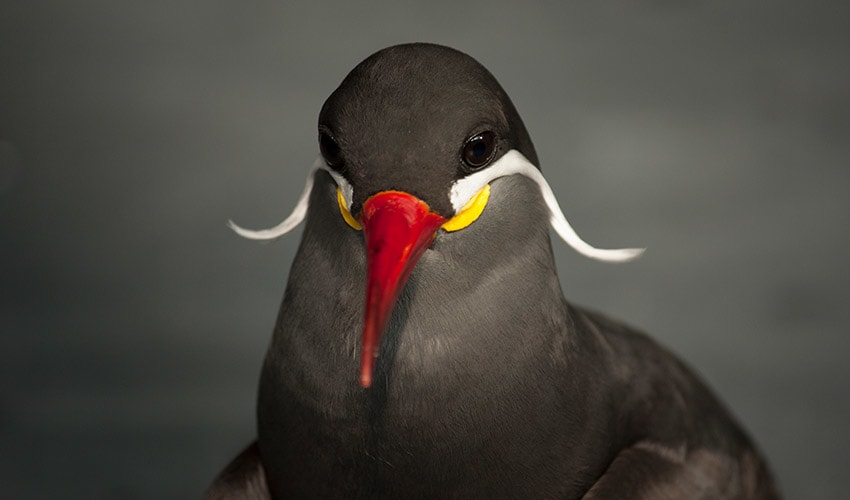Laridae – Gulls, terns & skimmers
One of the most widely distributed families in the world
Members of this family are a versatile group of primarily airborne birds that may be found all over the planet.
One of the remarkable characteristics of Laridae members is their ability to thrive in various environments across the planet. From inland rivers to high Arctic and sub-Antarctic islands, from temperate and tropical seacoasts to interior marshes and deserts, Laridae birds have demonstrated remarkable adaptability to diverse ecosystems.
Gulls and terns, the most well-known members of the family, are ubiquitous and can be found worldwide. They inhabit a variety of coastal and inland habitats, including beaches, estuaries, lakes, rivers, and even urban areas. Skimmers, on the other hand, prefer moderate to tropical climates, where they are often found along coastlines and riverbanks, skimming the water’s surface with their unique bill morphology to catch fish.
In terms of their appearance, Laridae birds exhibit a range of colors, predominantly white and black, with various hues in between. Their plumage is often adapted for camouflage and effective hunting. For instance, the white underside of many Laridae species helps them blend into the sky when diving for fish, making them less visible to their prey from below.
Beyond their physical characteristics, Laridae birds are known for their diverse foraging behaviors and feeding strategies. While gulls are opportunistic omnivores, scavenging for food along coastlines and urban areas, terns are specialized fish hunters, employing agile aerial maneuvers to catch their prey. Skimmers use their unique elongated lower mandibles to skim the water’s surface for small fish, while skuas and jaegers are adept predators, preying on other seabirds, fish, and even small mammals.
Genera in this family
One of the most diverse and widely distributed groups of birds in the world
Every species in this genus looks sharp in a black cap during the winter
Long-distance migrants, undertaking impressive journeys between breeding and wintering grounds
Sleek, social, and skilled ocean hunters — seabirds that bring a touch of grace and drama to shorelines across the globe
With a round body and short legs – perfect for balancing on narrow branches or rocky cliffs
Aren’t just your average beach birds — they’re travelers, highland dwellers, island residents, and clever survivors
Skimmers’ eyes have vertical slits that act as sunglasses, shielding their retinas from the glare of glittering water and sandy beaches
Often called “Fairy Terns” or “Angel Terns” Because of their pure white plumage and graceful flight
Terns with longer, brighter mustaches are often stronger and more successful at breeding










